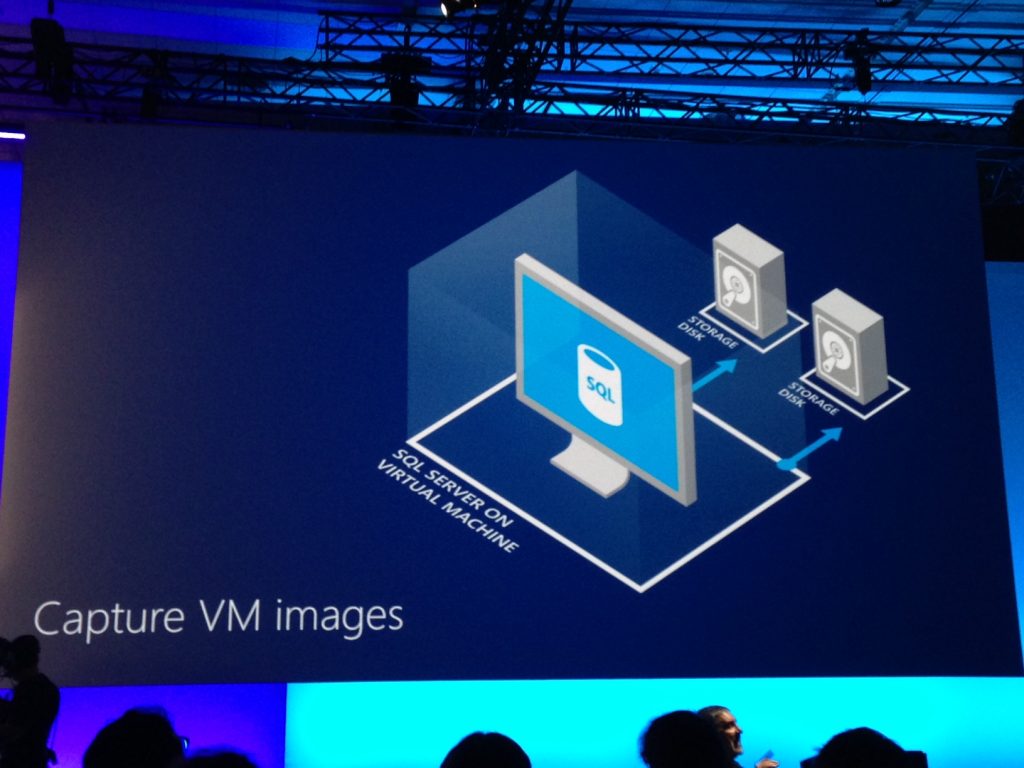

Generation 1 virtual machines use emulated BIOS, while Generation 2 VMs use emulated firmware.

Not only does hardware support differ between the two different generations of virtual machines, but so too does the virtual machine’s firmware emulation. Instead, Generation 2 virtual machines use SCSI virtual hard disks and emulated DVD drives. Generation 2 VMs, on the other hand, do not support the use of IDE virtual hard disks, nor do they support the use of physical DVD drives. Generation 1 VMs for example, use IDE virtual hard disks, and allow virtual machines to communicate with physical DVD drives. These two virtual machine generations differ significantly from one another in terms of the virtual hardware that they expose. Hyper-V allows for the creation of Generation 1 and Generation 2 VMs. The same basic principle also holds true for Hyper-V virtual machines. The laptop that I am using to write this article has little in common with the 64KB Radio Shack Color Computer 2 that I used back in the 1980s. It isn’t exactly a secret that computers have evolved over time. Physical computers include firmware (which was referred to as the machine’s BIOS at one time), and Hyper-V virtual machines include a virtualized equivalent. While it is sometimes tempting to think of a virtual machine as consisting primarily of a hardware allocation table (for memory mapping, etc.) and a virtual hard disk that contains the VMs operating system, there is actually a little bit more to the VM than that. As we all know, virtual machines are designed to be virtual analogs to physical computers.


 0 kommentar(er)
0 kommentar(er)
